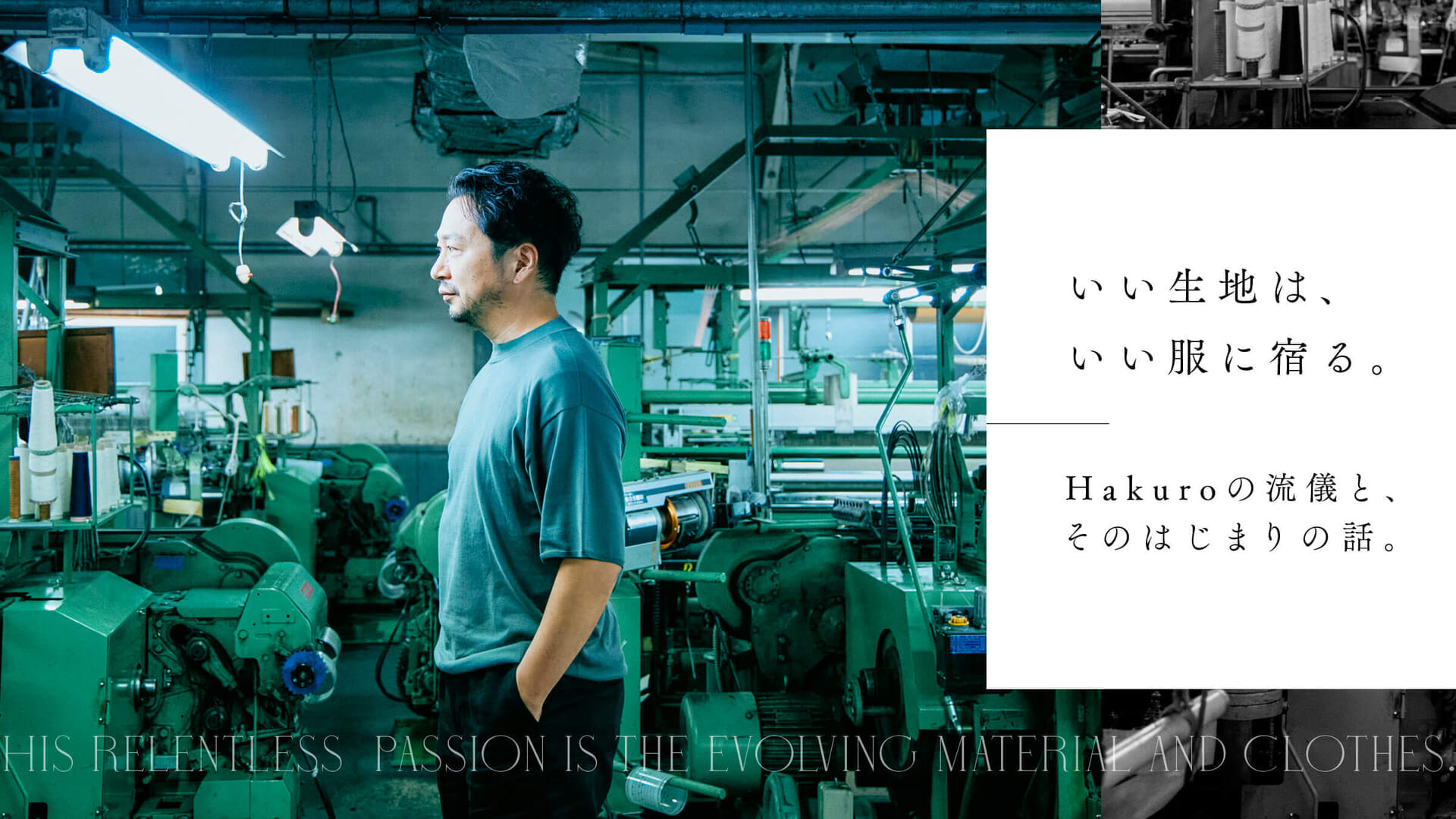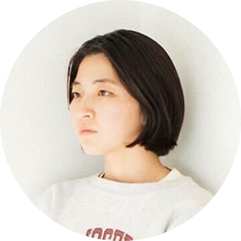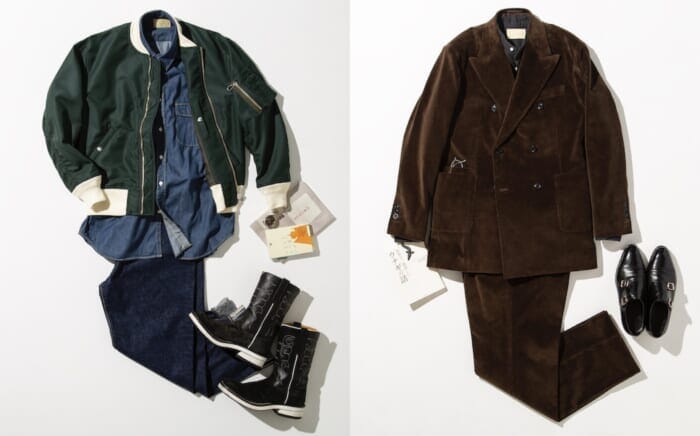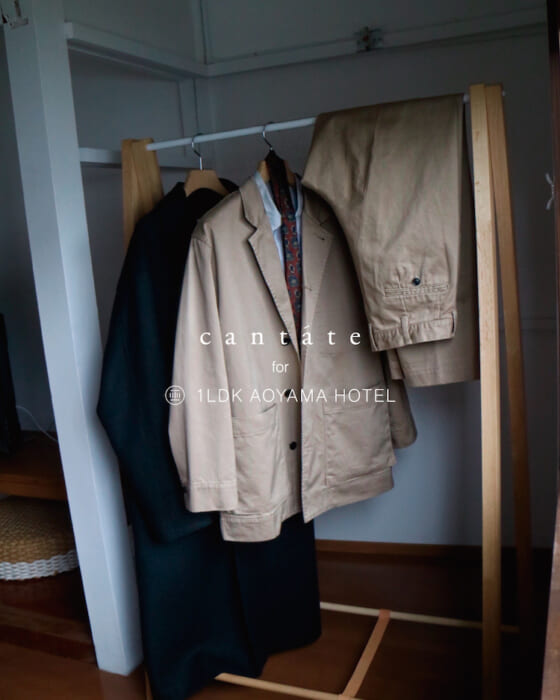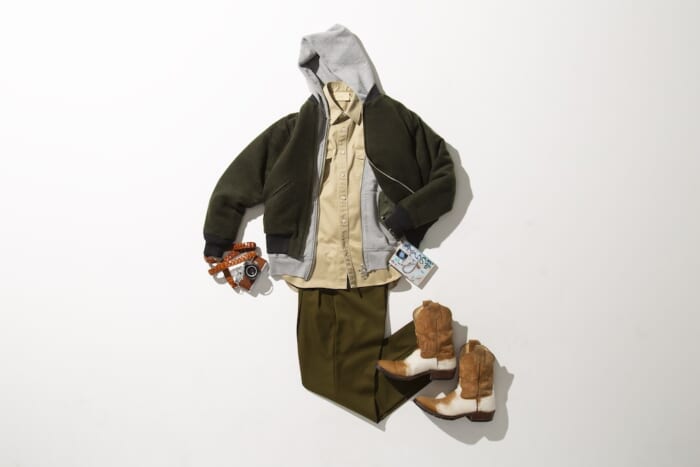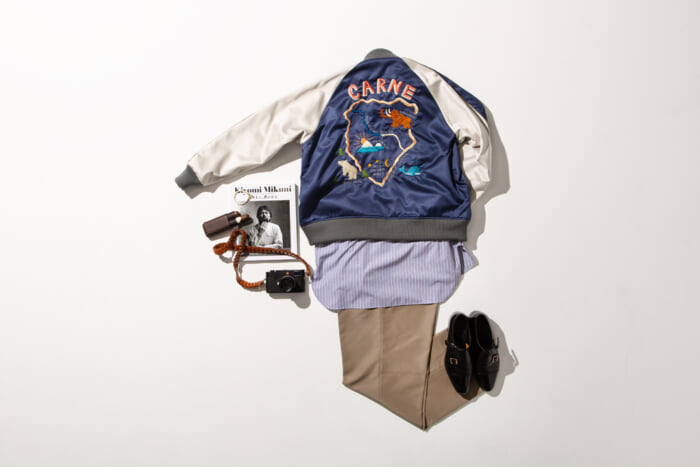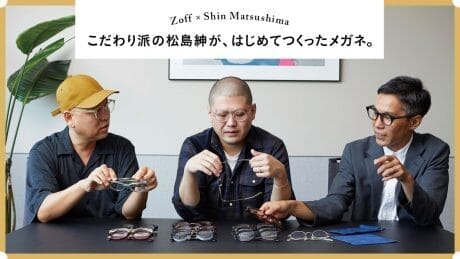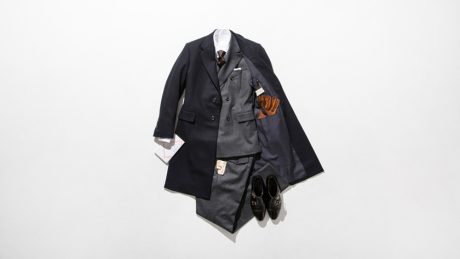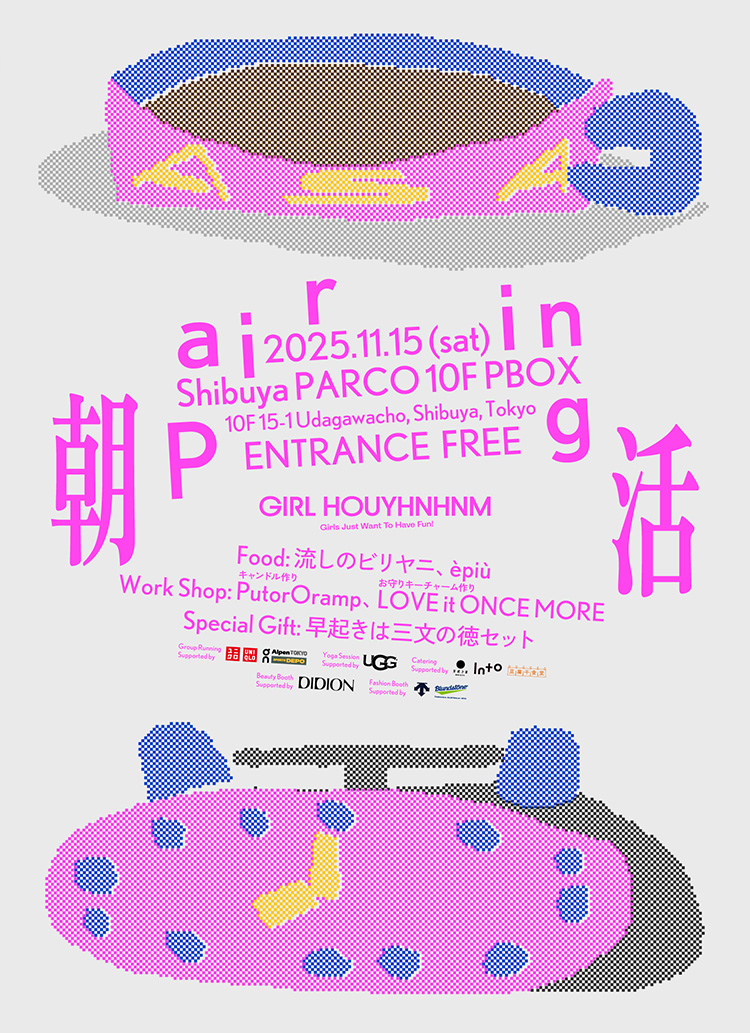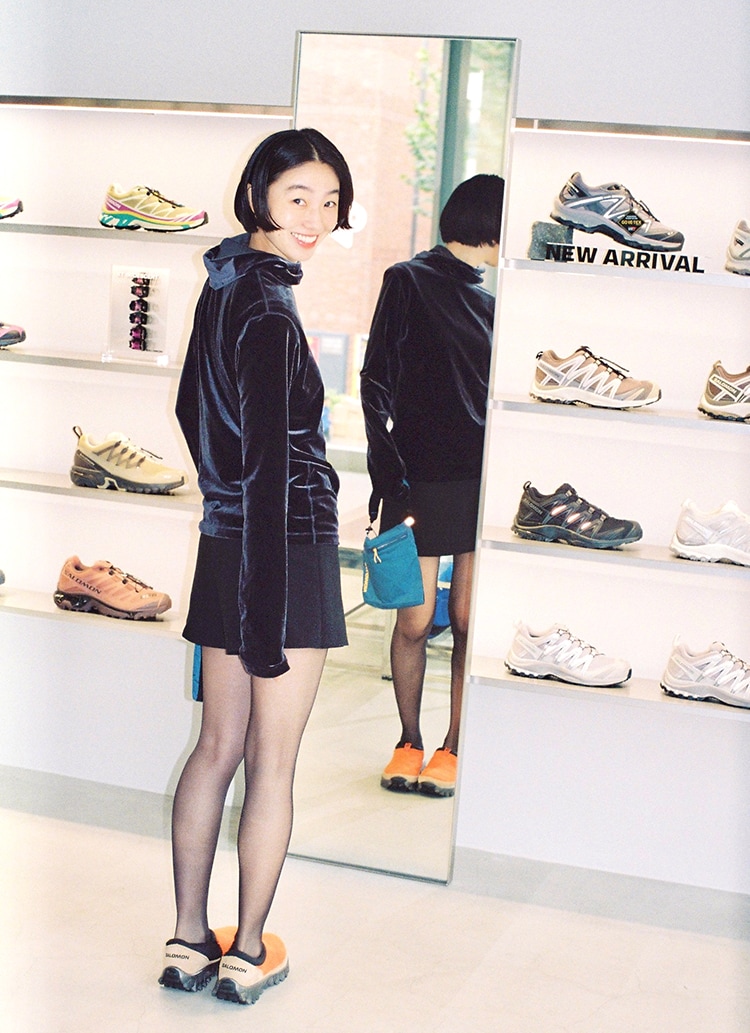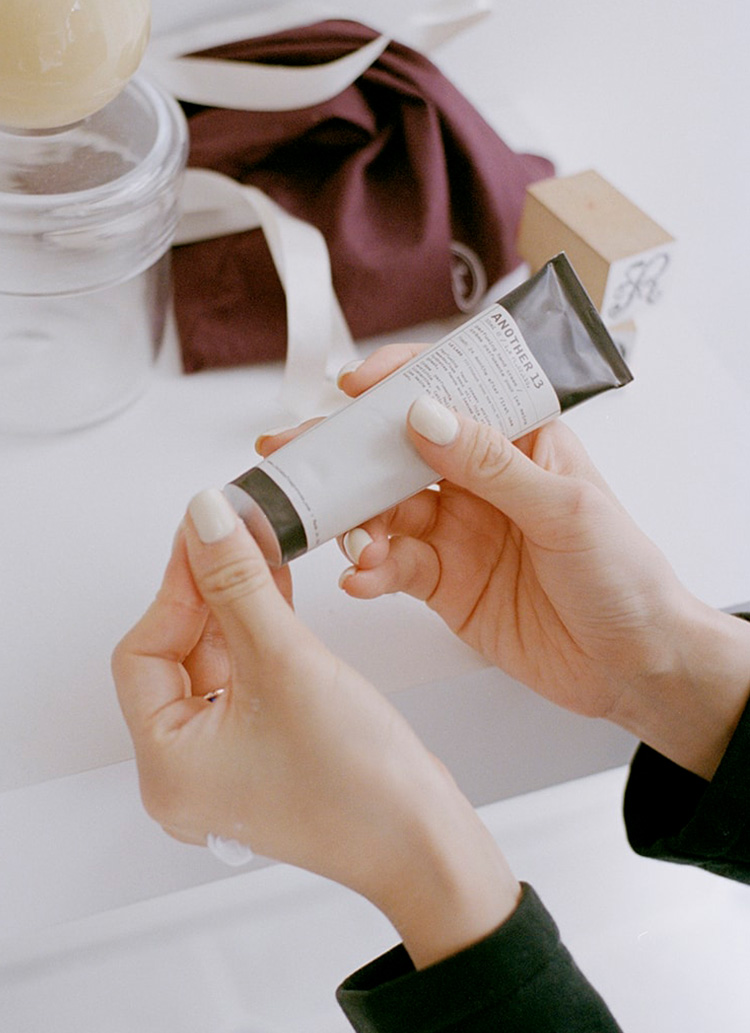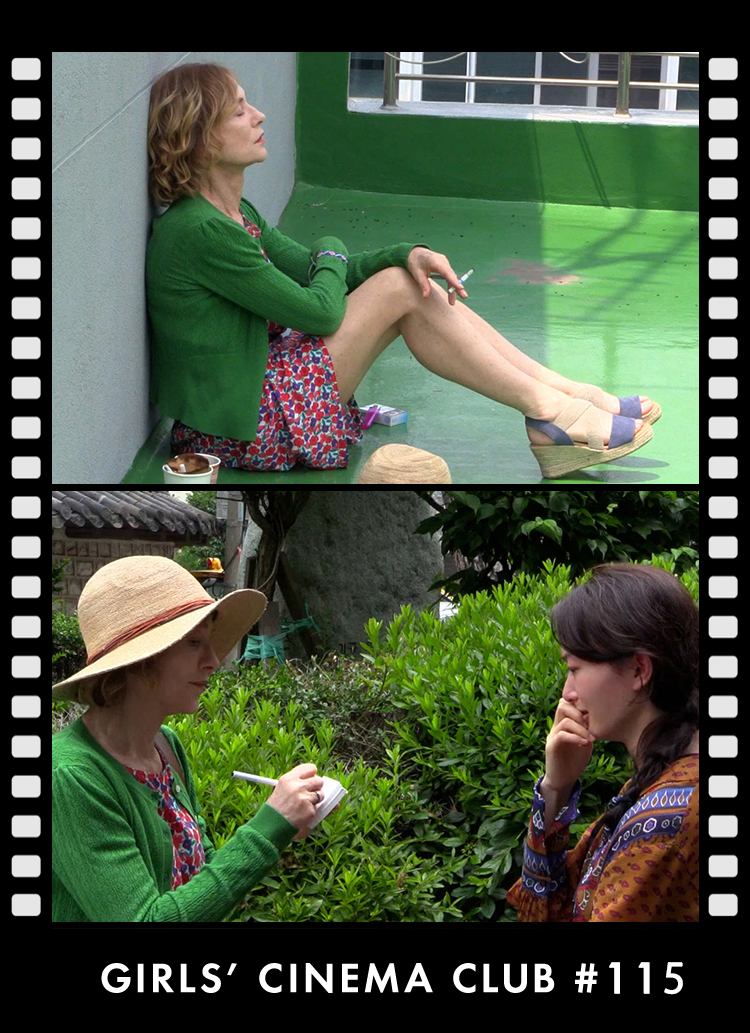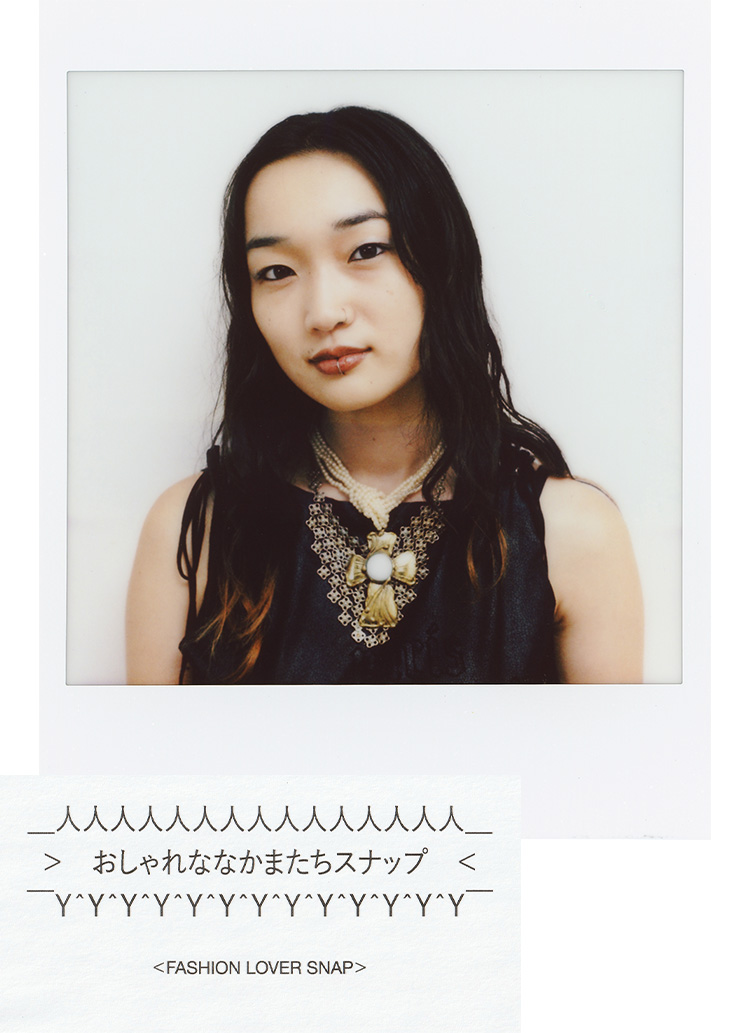Why are cashmere fluff balls better looking than synthetic fluff balls .

Please tell us about "HAKURO" from the very beginning. The brand was launched in the 21SS season, but when did you start thinking about it?
We actually started working on this project in the summer of 2019, but we have been thinking for years that we would like to transmit good fabrics ourselves. Generally, fabric makers make fabric samples to communicate their manufacturing process, but we thought it would be a good idea to communicate this through clothing. We had actually planned to debut in 20AW, but it took us longer than we had expected to create something we were satisfied with.
You said that your goal is to deliver the quality of fabrics as clothing that anyone can afford to buy. In recent years, I feel that the general public has become more interested in apparel brands that make clothes using so-called "good fabrics. People are becoming more familiar with the idea of choosing clothes based on fabrics. I am sure that he has sensed such a mood in the public.
I think there are many people, even those who have never been involved in fabric production, who can tell by looking at and touching a fabric that it is a "good fabric. Perhaps it is simply, "It has a sheen. It feels good on the skin," but even so, there must be a good reason for this as the creator of the fabric.

What does Mr. Yamada of Yamakae Wool Weaving think of "good fabrics"?
Any material can be woven into a bulky fabric that takes advantage of the elasticity of the raw threads. . What is important in this process is the weave density and the selection of the weaving machine. Weave density refers to how many warp threads per inch are woven into the fabric, and how many weft threads per inch are woven into the fabric. The weave design is the balance between the warp and weft. Even if the number of threads per inch is reduced from 50 to 52, the fabric will be different. Since colors and types of materials can be combined, textiles can be used for 100, 200, or even 1,000 or 2,000 years, almost forever, and it is still possible to create new products.
Another is the selection of looms. Our factory uses low-speed looms. Low speed is not necessarily better, but a loom that is too fast is not suitable for giving the fabric fullness. The cross section of the raw yarn is round, but selecting a loom that can weave in the yarn with a clatter and then wait for it to recover properly before weaving in the next yarn will give the fabric softness and fullness.


When you actually touch the fabric woven by Yamakae, you can see that it feels tightly woven, yet supple. . I can tell that it is a good fabric, even from an amateur's point of view. In fact, I have been wearing shirts from "cantate," a brand that uses fabric woven by Yamakae, a lot lately. I don't wear shirts often, and since it is a silk/cotton weave, it is not something I can wear casually. . But when I wear it, I feel strangely good. It makes me want to go out of my way to wear it, even if I have to iron it every morning. What is it about it?
. I think it also has something to do with the "fullness of the fabric" that I just talked about. Also, people can feel the presence of natural fibers. Isn't there something nice about fabrics and clothes that make you feel the presence of wool or cotton? . That's an obvious thing when you think about it. Natural fibers have been with mankind for a vast number of years. Linen, for example, has been with us for tens of thousands of years. That is an amazing thing, isn't it? I think we can feel the natural fibers in things that are good for our senses.
That's interesting. As a living organism, so to speak, it perceives the goodness of the product without any price tag.
Of course, every material has its good and bad points. But the fluffballs on a cashmere 100% sweater are somehow cooler than the fluffballs on a synthetic fiber. You can leave them as they are and feel attached to them. I think that is the goodness of the fabric and the goodness of the clothes.


